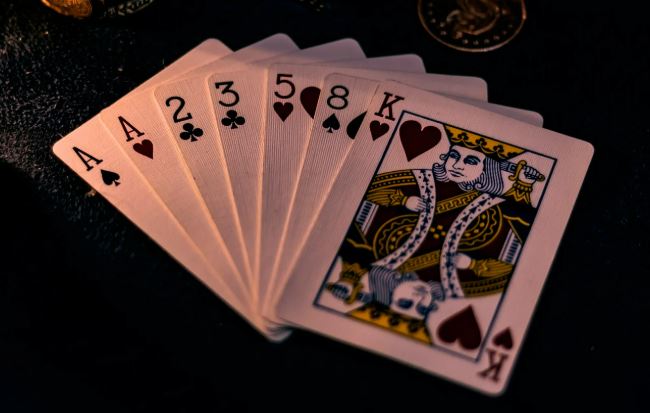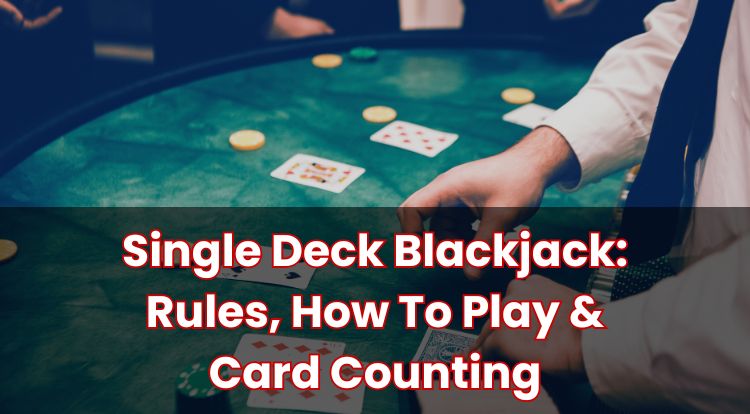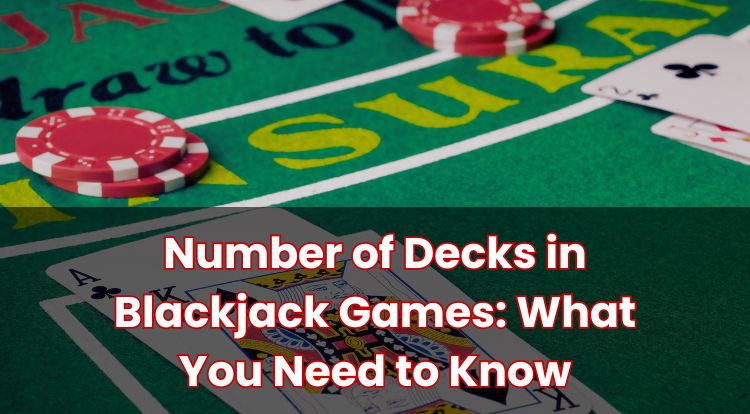British Blackjack Card Game Rules & How To Play (7 Cards)
If you’ve come across the term “British Blackjack”, it might sound like the classic casino game – but it’s actually something quite different. Also known as “7 Card British Blackjack”, this is a casual card game focused on quick thinking, strategic moves, and being the first to get rid of all your cards – not on trying to reach 21.
In this guide, you’ll learn what 7 Card British Blackjack is, how to play it, and some rules you might come across. Whether you’ve never picked up a deck before or you’ve only played card games at family gatherings, this article will break things down in a clear and simple way.
What Is 7 Card British Blackjack?
Despite sharing the word “blackjack”, this game has no connection to the traditional casino version. In 7 Card British Blackjack, the goal is not to reach 21, but to be the first to get rid of all the cards in your hand. It’s usually played in a group, either casually at home or as a light social activity. It doesn’t involve betting or a dealer in the way that real-money blackjack does.

The game typically uses a standard 52-card deck. Some groups may choose to add jokers or use multiple decks if there are more players involved. Each participant starts with seven cards. The rest of the deck is placed in the middle, and the top card is turned over to begin a central pile. This card sets the tone for what can be played next.
To play a card, it must match either the number (such as another 7) or the suit (like another hearts card) of the one on top of the discard pile. In some versions, you can play more than one card in a turn if they follow a specific sequence or pattern, depending on the group’s rules. The round ends when one player successfully gets rid of all their cards.
How To Play British Blackjack With 7 Cards
The game starts with each player receiving seven cards. These are usually dealt out one at a time, moving in a clockwise direction from the person to the dealer’s left. The remaining cards are placed face-down in a stack in the middle of the group, and the top card is turned face-up to form a discard pile.
Each player, on their turn, attempts to lay down a card that matches either the suit or the number of the one that’s on top of the discard pile. So, if there’s a 9 of diamonds showing, you can play any 9 or any other diamond card. If you’re able to play multiple cards that follow each other in a logical sequence and meet the rules of matching suits or ranks, you can place them all in one go. This depends on how the group agrees to play.
If you can’t play a card, you’ll need to draw one from the face-down deck. You’ll keep drawing until you either get a playable card, or the group’s rules say you only draw once and skip your turn. The game moves clockwise unless a reverse card changes the flow.
There are also power cards, which add extra conditions or effects. These vary depending on which version people are playing, so it’s usually worth agreeing on the rules before you begin.
British Blackjack Rules
The game works well as a casual group activity because many of the rules can be adjusted. However, some rules are more commonly used than others:
- 2s – Playing a 2 usually means the next player must draw two cards. If they also play a 2, the next person must draw four. This can continue until someone cannot play another 2 and is forced to draw the full amount.
- Black Jacks – These are often used as draw-five cards. If someone plays a black jack (clubs or spades), the next player must draw five unless they can play a black jack themselves, which increases the draw to ten. A red jack (hearts or diamonds) can sometimes cancel this effect depending on the group’s rules.
- 10s – A 10 can be used to reverse the direction of play. So if things are moving clockwise, they’ll go anti-clockwise after a 10 is played.
- 8s – If you play an 8, the next player usually misses their turn. It effectively skips them and gives the advantage to the next person in line.
- Aces – These can be powerful in some versions. They often allow the person who plays them to choose the suit that must be played next. However, they can’t usually be placed on top of another power card, such as a 2 or a jack.
- Last Card Rule – When you’re down to just one card, you’re expected to say “Last Card”. Forgetting to say it usually means you’ll need to draw a penalty card before continuing.
These rules help shape the pace of the game and introduce an element of unpredictability.
Every group plays slightly differently. Some rules are widely accepted, while others are made up on the spot. Here are a few common examples of optional variations:
- Jokers – Some groups add jokers to increase the number of wild cards. These can either be used to copy another card or act as a skip or penalty, depending on what’s agreed.
- Jacks on Twos – This variation allows players to put a jack on top of a 2 to pass on the penalty. If the suits must also match, it becomes more challenging.
- Queens – In some house rules, if a queen is played, the next player can only play a card of the same suit, regardless of number.
These types of variations keep the game interesting and flexible. It’s worth going through all the rules before the game begins, especially if you’ve never played with the group before.
Play Blackjack Card Games Online
Although we don’t have British blackjack available to play on our site, we do have some of the best blackjack card games online at 666Casino. Our offering includes variations that are more like the classic game of 21.
You can find numerous different “tables” with different betting limits and numbers of seats. You can find live casino blackjack, multi-hand blackjack, and more.
Click the ‘Join’ button at the top of the page to create an account and gain access to our incredible selection of online slots and casino games.
*All values (Bet Levels, Maximum Wins etc.) mentioned in relation to these games are subject to change at any time. Game features mentioned may not be available in some jurisdictions.
**The information provided in this blog is intended for educational purposes and should not be construed as betting advice or a guarantee of success. Always gamble responsibly.





